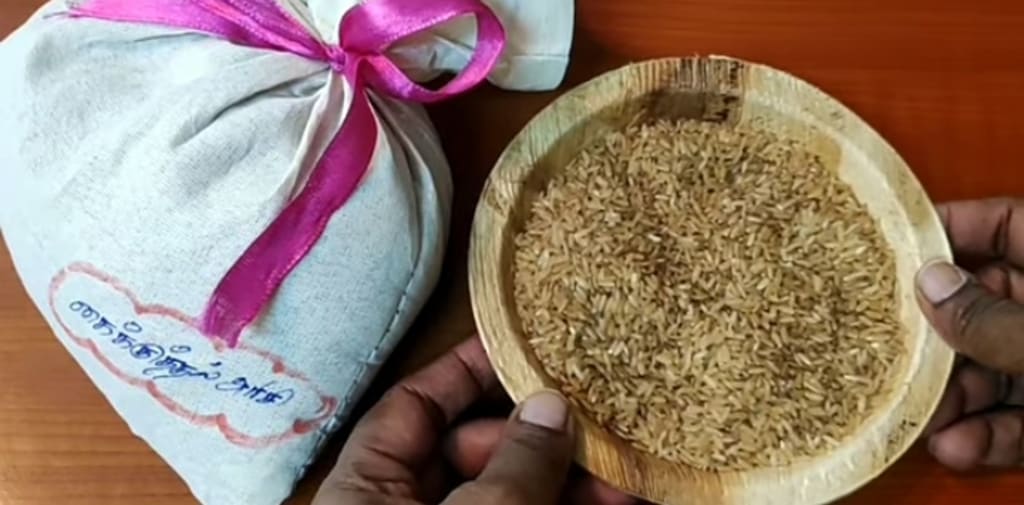Antiquated Food Variety
Old Egyptians: The old Egyptians had an eating regimen in view of grains, particularly wheat and grain, which they used to make bread and lager. They additionally consumed vegetables like onions, leeks, and lettuce, as well as organic products like dates and figs. Meat, including hamburger, poultry, and fish, was eaten by the more affluent classes, while the lower classes for the most part depended on veggie lover dinners.

Antiquated Food Variety
Antiquated food propensities shifted significantly relying upon the time span and the area being thought of. Here are a few instances of old food propensities from various developments:
Old Egyptians: The old Egyptians had an eating regimen in view of grains, particularly wheat and grain, which they used to make bread and lager. They additionally consumed vegetables like onions, leeks, and lettuce, as well as organic products like dates and figs. Meat, including hamburger, poultry, and fish, was eaten by the more affluent classes, while the lower classes for the most part depended on veggie lover dinners.
Old Greeks: Old Greeks had an eating regimen revolved around grains like grain and wheat. Bread was a staple food, and it was frequently eaten with vegetables, cheddar, olives, and fish. Meat utilization was restricted to extraordinary events and celebrations, as it was viewed as an extravagance. They additionally delighted in wine and honey as sugars.
Old Romans: The old Romans had a different eating routine that included grains, vegetables, organic products, and meat. They consumed wheat, grain, and millet as their staple grains. Their feasts regularly included meat, like pork, hamburger, and poultry, alongside fish and fish. Romans were likewise partial to sauces and flavors to improve the kind of their dishes.
Old Chinese: In old China, rice was an essential staple food, especially in the southern districts. The Chinese additionally consumed millet, wheat, and grain. The eating routine incorporated a wide assortment of vegetables, like cabbage, soybeans, and mushrooms. Meat, including pork, chicken, and fish, was devoured yet in more modest amounts contrasted with plant-based food sources.
Old Maya: The old Maya development had an eating routine in light of maize (corn), beans, and squash, known as the "Three Sisters." They additionally consumed various organic products like avocados, guavas, and papayas. The Maya chased game creatures, for example, deer and turkey and fished in waterways and beach front regions for extra protein sources.
Antiquated Indians: Old Indian food fluctuated across various areas, however grains like rice and wheat were normal staples. Lentils, vegetables, and vegetables like spinach, eggplant, and okra were broadly consumed. Meat utilization changed relying upon social and strict practices, for certain locales avoiding it through and through.
These models give a brief look into the different food propensities for old developments. Food accessibility, topographical variables, social practices, and social orders significantly impacted the eating regimens of antiquated individuals.
Old Mesopotamians: Mesopotamians, who possessed the district of cutting edge Iraq and encompassing regions, depended intensely on agribusiness. Their eating routine comprised of grains like grain and wheat, which they used to make bread and porridge. They additionally developed vegetables like onions, garlic, and lentils. Meat from creatures like sheep, goats, and dairy cattle was consumed on unique events.
Old Vikings: The Vikings, known for their nautical campaigns, had an eating regimen in view of the assets accessible in their Nordic climate. They consumed a ton of fish, including herring, salmon, and cod, as well as shellfish. They additionally chased game creatures like deer and pig. Dairy items like cheddar, margarine, and milk from trained creatures like cows and goats were significant pieces of their eating routine.
Old Aztecs: The Aztecs, who occupied Mesoamerica, had a different eating regimen. Corn, beans, and squash shaped the center of their food framework, like the Maya. They likewise developed tomatoes, chilies, and avocados. The Aztecs raised turkeys for meat and eggs and consumed different bugs like grasshoppers and mealworms. Chocolate was profoundly esteemed and consumed as a refreshment.
Old Persians: Old Persians, known for their huge domain, had an eating routine that comprised of grains like grain, wheat, and rice. They consumed different organic products like pomegranates, grapes, and dates. Meat, including hamburger, sheep, and poultry, was a huge piece of their eating routine, and it was frequently prepared with flavors and spices. Persian cooking likewise integrated yogurt, nuts, and dried natural products.
Antiquated Inca: The Inca civilization in South America depended vigorously on potatoes, quinoa, and maize as staple harvests. They additionally grew different vegetables like beans, peppers, and squash. Llama and alpaca meat gave a wellspring of protein, while guinea pigs were brought for meat up in more modest amounts. The Inca protected food through methods, for example, freeze-drying and aging.
Old Japanese: Old Japanese food was vigorously impacted by the accessibility of fish because of the country's island topography. Rice was a focal part of their eating regimen, joined by vegetables like ocean growth, radishes, and soybeans. Fish, including salmon and fish, was consumed, and soy items like tofu and soy sauce were generally utilized.
These models address the assorted scope of antiquated food propensities from different civilizations. Each culture fostered its own extraordinary culinary customs in light of variables like rural practices, environment, accessible assets, and social convictions.





Comments
There are no comments for this story
Be the first to respond and start the conversation.